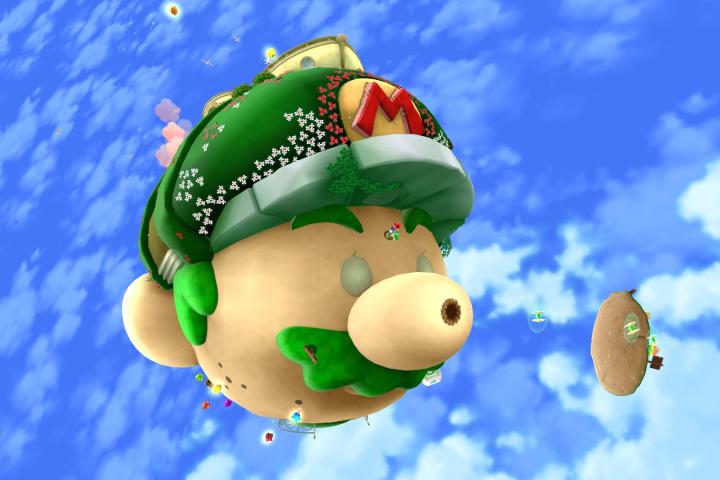
Because Mario experiences Earth-like gravity on the game’s tiny planets, they would need to be extremely dense for the physics to make sense. The paper asks: “If a planet with the density of a white dwarf, a 50m radius, and Earth-like gravity were to be constructed what would happen?” Nothing good, apparently.
Gravity would vary across Mario’s height, causing blood to pool in Mario’s face. “It is possible that this is the source of Mario’s baby-like complexion,” the paper rationalizes.
More dramatically, the planets themselves would be wildly unstable. While theoretically it is possible to create such a small, dense planetoid, “the planet would survive for only a very brief moment before violently destroying itself and any short plumbers who happen to be running about on its surface.”
These questionable physics are just one small blemish on the Mario franchise’s otherwise firm commitment to documentary realism.


